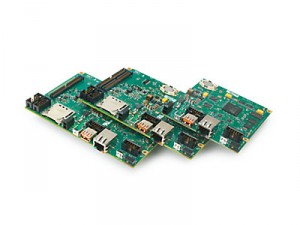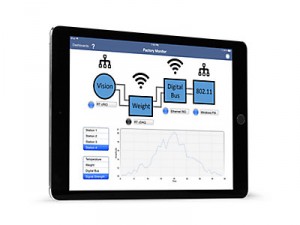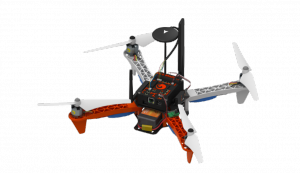 NI has introduced new controllers within its reconfigurable I/O (RIO) hardware range which can be used as part of industrial internet of things (IoT) deployments.
NI has introduced new controllers within its reconfigurable I/O (RIO) hardware range which can be used as part of industrial internet of things (IoT) deployments.
The new CompactRIO, FlexRIO, Single-Board RIO controllers are supported by LabVIEW software, the LabVIEW FPGA Module and NI Linux Real-Time, now based on Security-Enhanced Linux, which enables advanced security features for industrial IoT applications.
According to Jamie Smith, director of embedded systems at NI, the intention with the LabVIEW RIO architecture is to allow engineers to “quickly design, prototype and deploy embedded systems for advanced monitoring and control applications in the industrial IoT.”
CompactRIO Controller combines a quad-core 1.91GHz Intel Atom processor with a Kintex-7 FPGA dedicated data processing of more complex filtering and control algorithms.
It runs NI’s Linux-based real-time 64-bit OS.
The FlexRIO controller has the Kintex-7 FPGA to provide the signal processing to support over 30 I/O adapter modules. And a dual-Core ARM processor runs the Linux Real-Time OS.
Single-Board RIO controller is based on Xilinx’s Zynq system-on-a-chip (SoC) with its dual-core, 667 MHz ARM processor, Artix-7 FPGA and a real-time OS.









